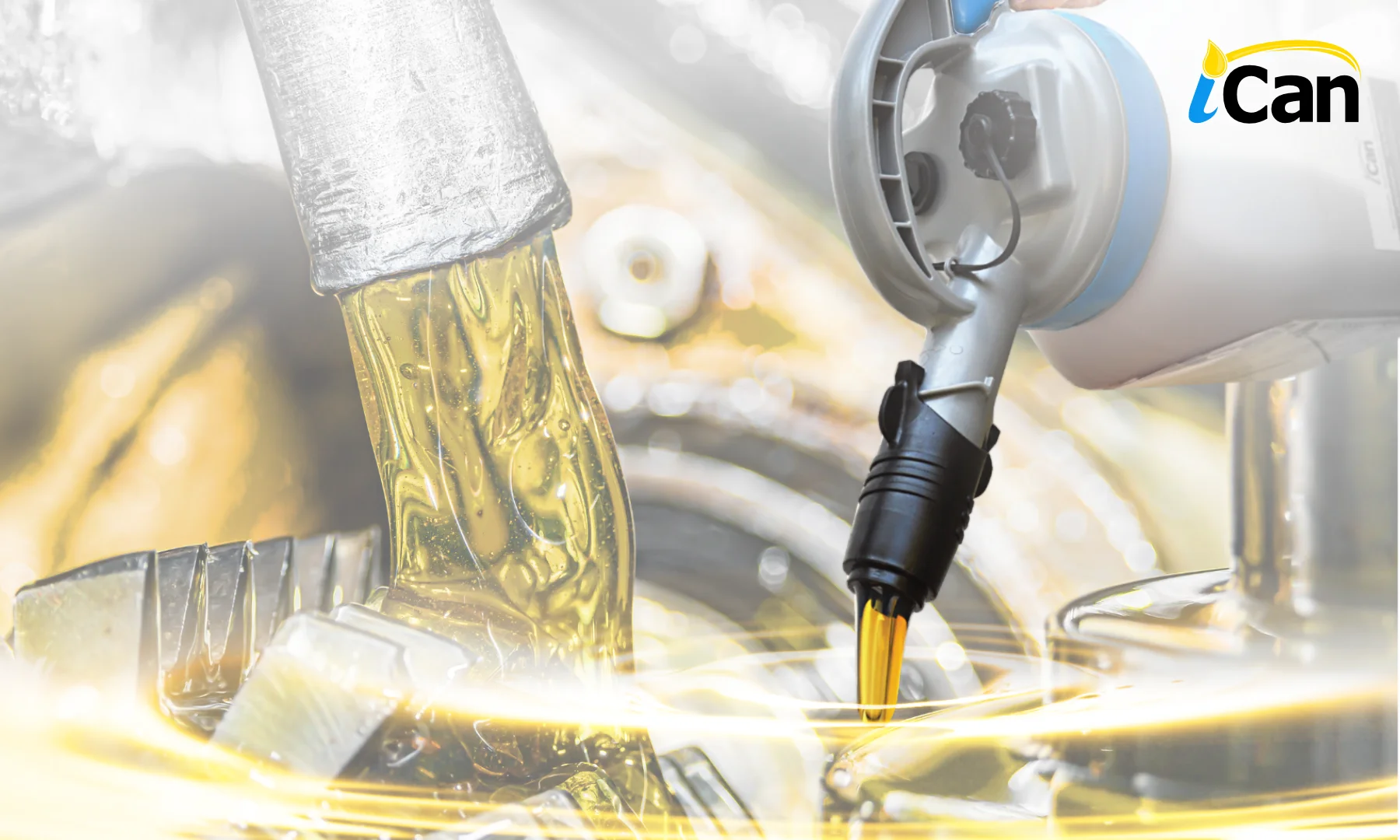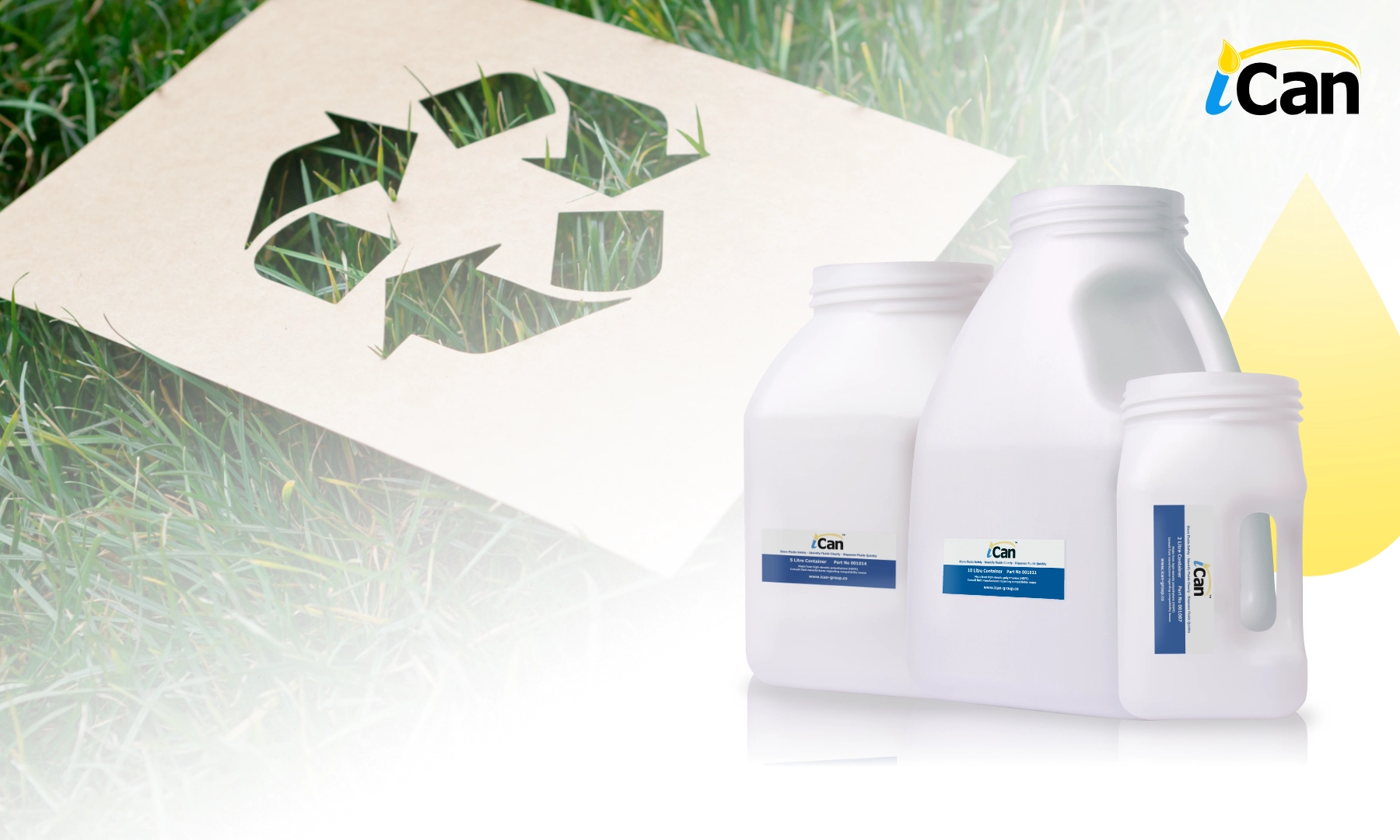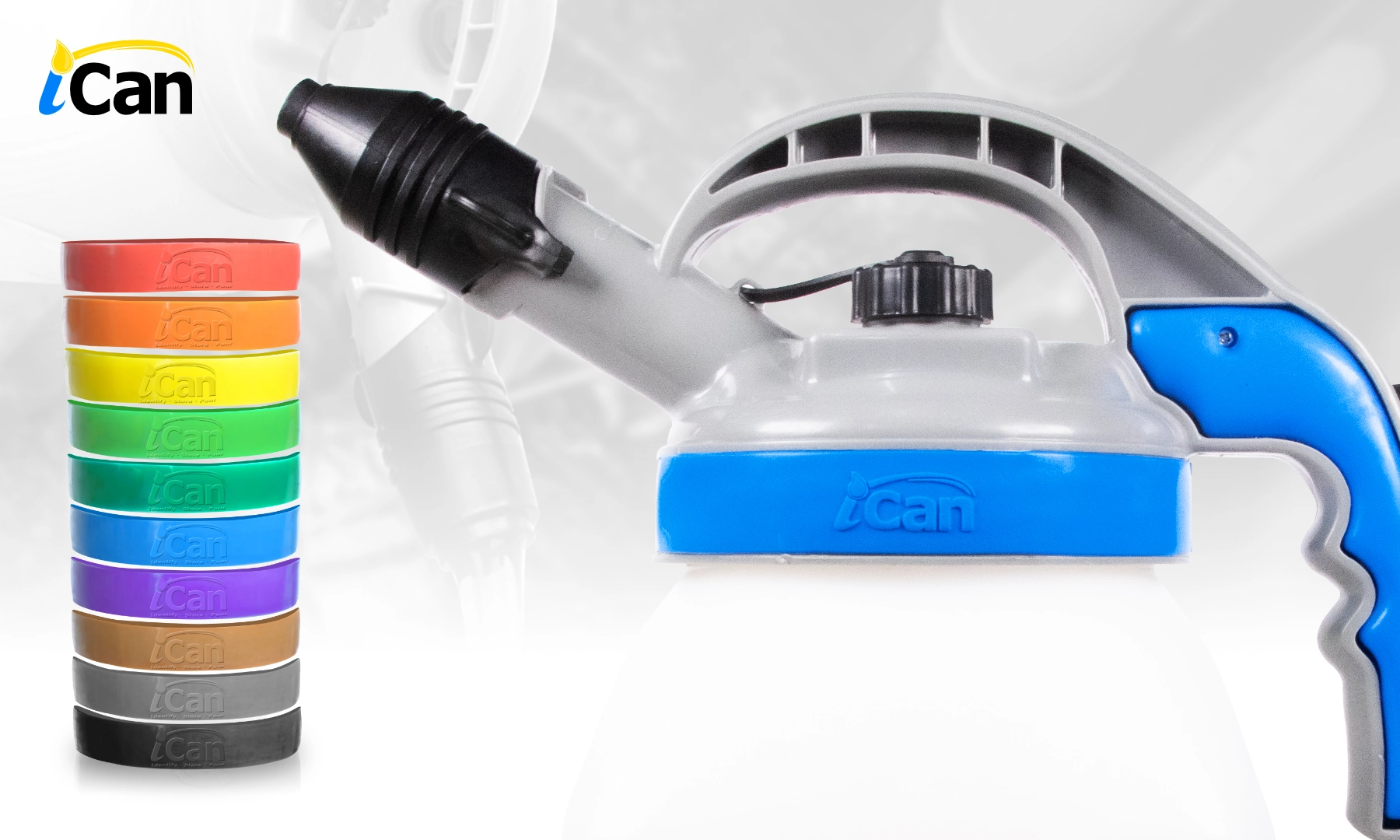In the modern world, plastic plays an essential role in everyday life. However, not all plastics are created equal. HDPE, one of the most popular types of plastic, offers unique advantages that make it highly desirable.
HDPE is a type of polyethylene with high density. Compared to other plastics, HDPE has a tightly packed molecular structure that provides extra strength and impact resistance. This property makes it ideal for various purposes, ranging from packaging products to industrial components that require high durability.
The Importance of HDPE in Daily Life
Have you ever wondered why beverage bottles, water pipes, and even children’s toys seem so long-lasting? The answer is often HDPE. In addition to being lightweight and strong, HDPE is also more environmentally friendly because it is easily recyclable. This feature has made it popular among producers and consumers who are increasingly aware of sustainability.
Understanding HDPE: High-Density Polyethylene
To truly understand HDPE applications, it is important to know what HDPE is and its key characteristics.
Definition and Characteristics of HDPE
HDPE is a type of plastic made from ethylene polymer with a dense molecular structure. Its main characteristics include:
- High Strength: HDPE resists pressure and impacts.
- Chemical Resistance: It is not easily affected by chemicals, making it safe for use in various environments.
- Flexibility and Durability: Despite its strength, HDPE remains flexible and can withstand extreme conditions.
History and Development of HDPE Usage
HDPE was first developed in the mid-20th century and quickly found applications in various sectors. As technology advanced, the production process of HDPE became more efficient and environmentally friendly, allowing this material to meet the ever-growing market demands.
Properties and Advantages of HDPE
HDPE is renowned for several advantages that set it apart from other materials.
Durability and Longevity
HDPE possesses extraordinary mechanical strength, making it suitable for applications requiring high durability. For instance, in the manufacture of pipes or storage containers, HDPE can withstand pressure and impacts without easily cracking or breaking.
Environmentally Friendly and Recyclable
One of HDPE’s primary advantages is its recyclability. With increasing environmental awareness, the use of recyclable HDPE adds value for manufacturers aiming to reduce their carbon footprint and environmental impact.
Cost-Effective Production
Besides its technical merits, HDPE offers economic benefits. Its relatively simple and efficient production process makes HDPE an economical choice for various industrial and household applications.
Industrial Applications of HDPE
HDPE has revolutionized many industrial sectors. Let’s explore some of its main applications in industry.
Packaging Industry
HDPE is widely used in the packaging industry due to its durability and light weight.
- Bottles and Containers:
HDPE is often used to make beverage bottles, storage containers, and various types of packaging. HDPE bottles are not only strong but also resistant to chemicals, making them ideal for food and beverage products. - Wrapping and Product Protection:
In addition to bottles, HDPE is used as a wrapping material to protect products during shipping. Its flexibility and durability ensure that items remain safe until they reach their destination.
Pipe and Piping Systems
HDPE is the material of choice for piping systems due to its resistance to corrosion and pressure.
- Water and Wastewater Systems:
HDPE is extensively used in water distribution systems because it does not corrode easily and is long-lasting. HDPE pipes are also popular in waste management systems, helping to keep the environment clean. - Energy Infrastructure:
In the energy sector, HDPE is used for gas pipes and other transport materials. Its resistance to chemicals and extreme temperatures makes HDPE an ideal solution for safe and efficient energy infrastructure.
Automotive Industry
HDPE plays an important role in the automotive industry by providing a lightweight yet strong solution.
- Vehicle Components:
From bumpers to interior parts, HDPE is used to reduce vehicle weight without compromising strength. This contributes to improved fuel efficiency and passenger safety. - Weight Reduction and Fuel Efficiency:
By using HDPE, automakers can reduce a vehicle’s overall weight, directly contributing to increased fuel efficiency—a significant benefit amid rising fuel costs and environmental concerns.
Agricultural Industry
HDPE also plays an important role in agriculture.
- Irrigation Systems and Greenhouses:
HDPE is used to create efficient and durable irrigation systems. Additionally, it is often used in greenhouse construction due to its ability to withstand extreme weather and provide optimal light transmission. - Agricultural Tools and Crop Protection:
From making fertilizer containers to protective covers for plants, HDPE helps farmers better maintain their harvests. Its durability ensures that agricultural tools and equipment last longer.
Household Applications of HDPE
HDPE dominates not only in industrial sectors but also in everyday household life.
Household Appliances
HDPE is widely used in the production of household appliances due to its strength and safety.
- Furniture and Kitchenware:
Imagine a kitchen without durable storage containers or long-lasting cookware. HDPE appears in the form of baskets, containers, and even small furniture that helps maintain order and practicality at home. - Cleaning and Storage Products:
Products such as buckets, basins, and trash bins are often made of HDPE. Its resistance to breakage makes it ideal for daily use requiring reliability.
Everyday Consumer Products
HDPE is also present in everyday consumer products, from children’s toys to outdoor equipment.
- Children’s Toys:
Toys made from HDPE are known for their safety and durability. Parents appreciate that these toys are less likely to break and can withstand rough play. - Outdoor Equipment:
Outdoor products such as picnic baskets, buckets, and storage containers for camping are commonly made from HDPE, making them popular among nature enthusiasts and outdoor activity lovers.
Economic Impact and Market Trends of HDPE
HDPE plays a significant role in the global economy and continues to show positive trends in the world market.
Contribution to the Global Economy
The use of HDPE across various sectors has created new job opportunities and significantly contributed to economic growth. From the automotive industry to agriculture, HDPE helps reduce production costs while increasing operational efficiency.
Market Trends and Innovations
The HDPE market continues to evolve with new innovations in production processes and product applications. Manufacturers are innovating to create more eco-friendly HDPE products, enhancing performance, and meeting increasingly strict global standards. These innovations provide opportunities for companies to remain competitive in the international market.
Conclusion
HDPE is a versatile, durable, and eco-friendly material that has transformed both industrial and household applications. Its strength, recyclability, and cost-effectiveness make it indispensable across packaging, piping, automotive, and agricultural sectors. Continuous innovation in HDPE production and applications ensures that it remains at the forefront of sustainable and efficient solutions for modern needs.




